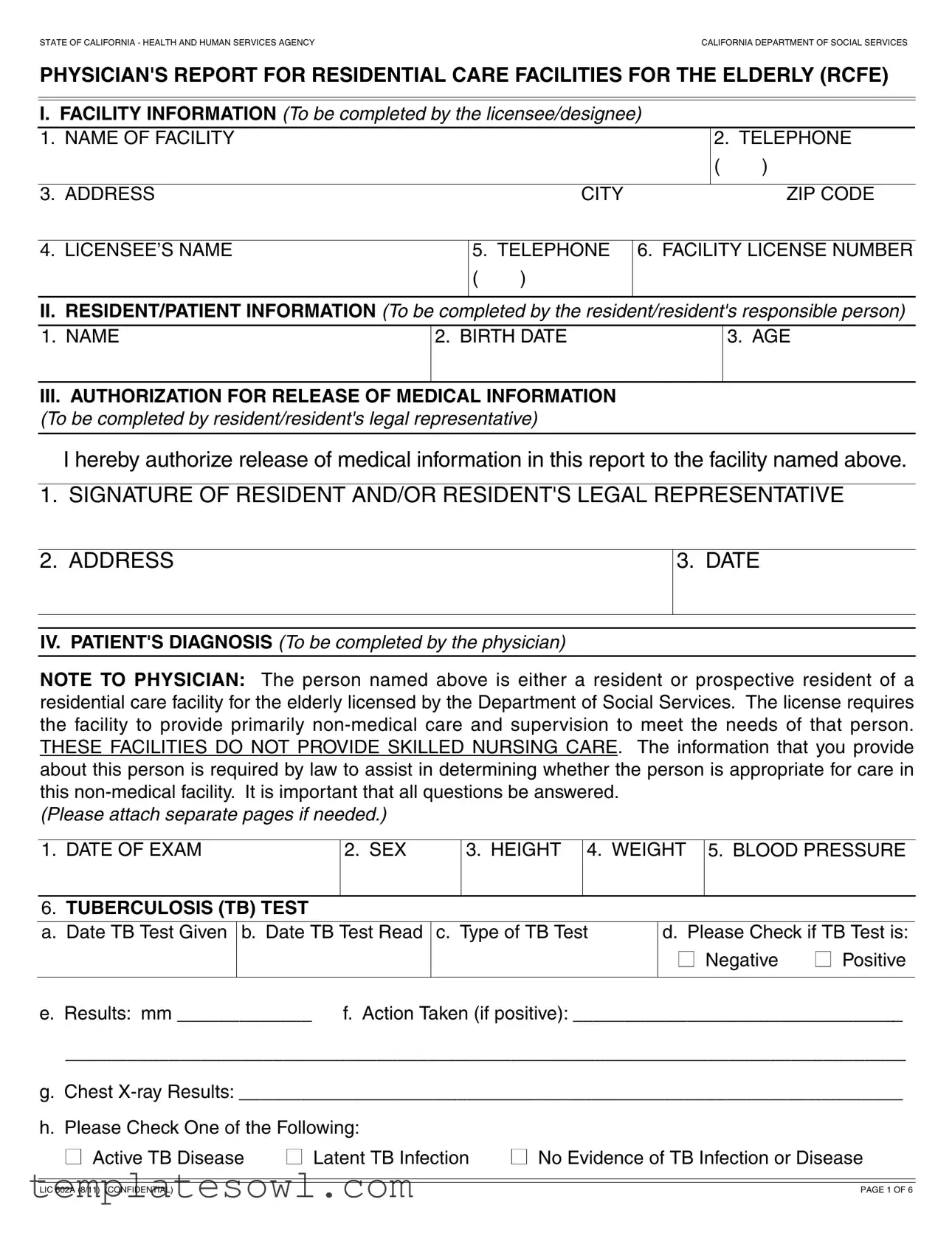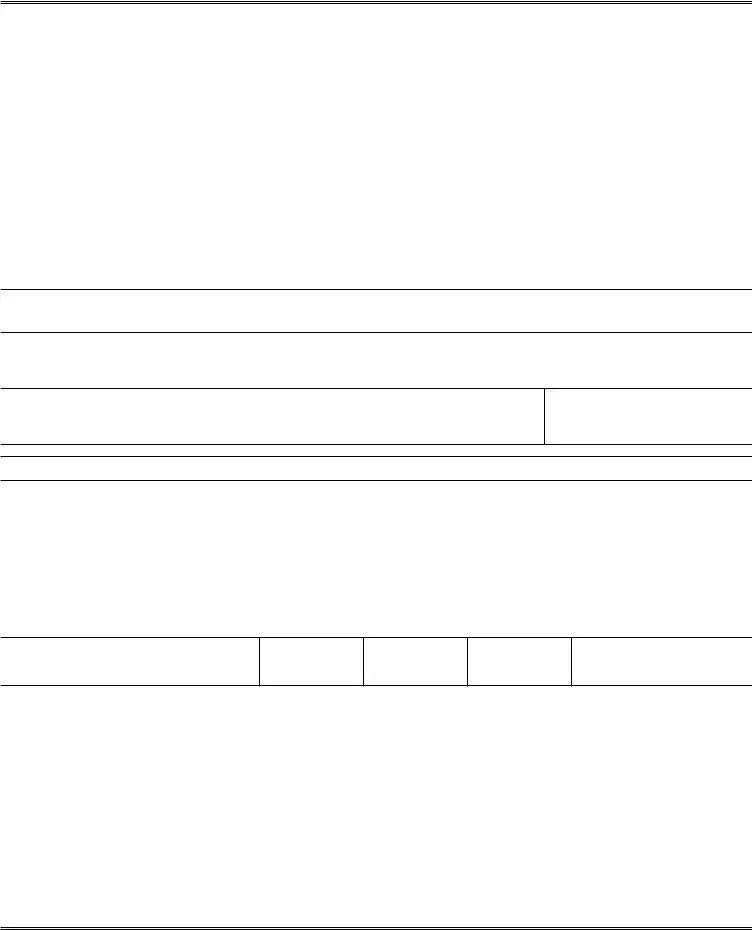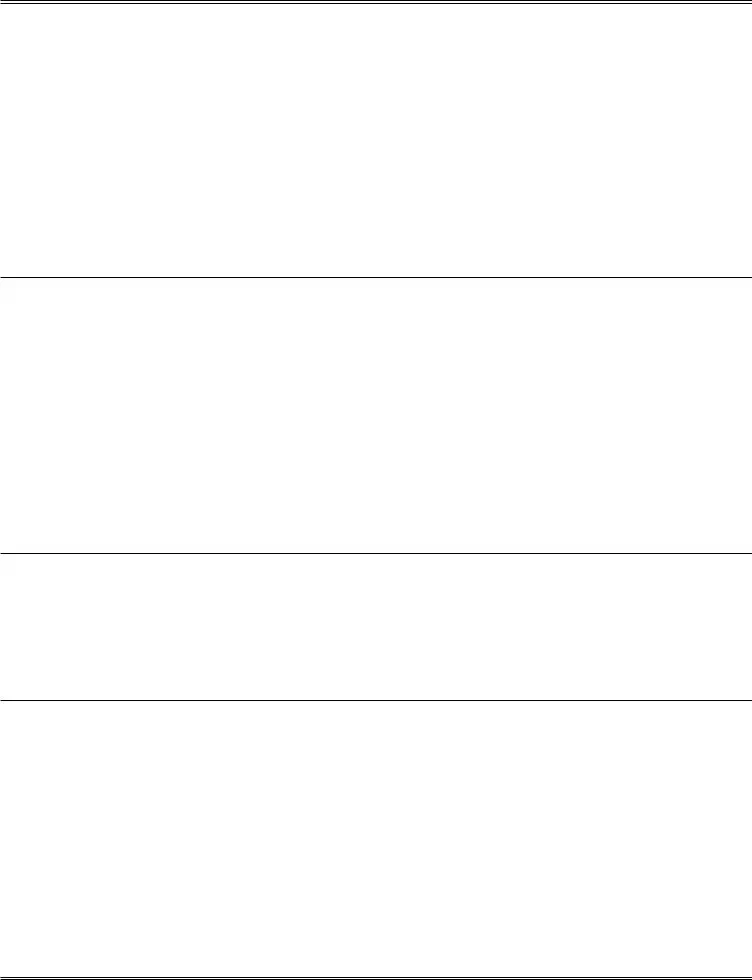17. AMBULATORY STATUS:
a. 1. This person is able to independently transfer to and from bed: ■ Yes |
■ No |
2. For purposes of a fire clearance, this person is considered: |
|
■ Ambulatory |
■ Nonambulatory |
■ Bedridden |
|
Nonambulatory: A person who is unable to leave a building unassisted under emergency conditions. It includes any person who is unable, or likely to be unable, to physically and mentally respond to a sensory signal approved by the State Fire Marshal, or to an oral instruction relating to fire danger, and/or a person who depend upon mechanical aids such as crutches, walkers, and wheelchairs.
Note: A person who is unable to independently transfer to and from bed, but who does not need assistance to turn or reposition in bed, shall be considered non-ambulatory for the purposes of a fire clearance.
Bedridden: For the purpose of a fire clearance, this means a person who requires assistance with turning or repositioning in bed.
b. If resident is nonambulatory, this status is based upon:
■ Physical Condition |
■ Mental Condition |
■ Both Physical and Mental Condition |
c.If a resident is bedridden, check one or more of the following and describe the nature of the illness, surgery or other cause:
■llness: ____________________________________________________________________
■Recovery from Surgery: ______________________________________________________
■Other: ____________________________________________________________________
NOTE: An illness or recovery is considered temporary if it will last 14 days or less.
d.If a resident is bedridden, how long is bedridden status expected to persist?
1.__________ (number of days)
2.______________________ (estimated date illness or recovery is expected to end or when resident will no longer be confined to bed)
3.If illness or recovery is permanent, please explain: __________________________________
__________________________________________________________________________
__________________________________________________________________________
__________________________________________________________________________






